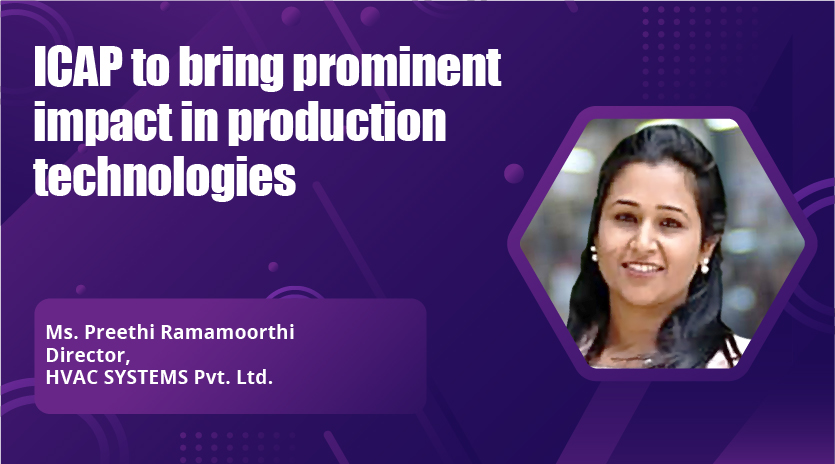India is constantly moving toward the growth of technology and industry; hence, the business growth of HVAC is promising and secure.
2023 brings in a plethora of opportunities for the HVAC industry
The HVAC industry is witnessing a positive shift post-pandemic. The growth and opportunities for manufacturers and service providers have grown wider. This growth aligns with the rampant infrastructure development, technological advancements and rising tourism activities across the country. The focus is shifting towards improving the energy efficiency of appliances. Additionally, government initiatives are also contributing to market growth. The ‘Make in India’ initiative is driving global players to set up factories in India. This has resulted in exponential market growth. Furthermore, the increase in ventilation requirements is resulting in the higher sale of such systems. Moreover, studies indicate that the Indian HVAC industry was $7500 million in 2021. It is projected to reach $29500 million by 2030.
ICAP to impact the production methodologies
The India Cooling Action Plan (ICAP) provides an integrated vision towards cooling. It encompasses all sectors towards reduction of cooling demand, refrigerant transition, enhancing energy efficiency and better technology options by 2037-38. The industry needs to process ongoing programmes and schemes of the Government. The steps should be taken with the ICAP plan in focus to implement and attain various thematic areas. Further, ICAP is binding upon service providers to adapt to the new changes. The action plan also intends to bring in major differences in the production methodology. We need to evolve with the latest technologies and guidelines already laid out. We should firmly believe that information is the key and that constant education is a must.
Overall prospects point to the growth of technology and industry
India is identified as one of the fastest-growing countries in the world. The growth of technology and industry generally measures the country’s overall development. Most enterprises nowadays demand controlled environments. The use of HVAC has become inevitable to create a controlled environment due to the pollution as well as tropical climatic conditions in the country. The pollution level in India is considerably higher compared to European and other western countries. However, India is contributing a lot to environmental pollution due to unawareness of pollution control measures.Global warming is another critical factor that adversely affects environmental conditions.
We may make environmental conditions worse by consuming additional energy for air conditioning requirements. Unlike other industries, end users of HVAC equipment have become much more conscious about energy efficiency. The consultant fraternity of the country is also able to spread awareness among end users. Energy-efficient equipment is given more weightage among end users at a price premium over conventional equipment. As India is constantly moving toward the growth of technology and industry, the business growth of HVAC is undoubtedly secured. With the upgradation of the lifestyle of major sections of society, the demand for domestic equipment is increasing day by day. Moreover, at the government level, air conditioning is still considered a luxury and HVAC products are placed in the higher tax slabs. Today, in the context of the global warming threat, the whole world is focusing more and more on minimum energy consumption. The day is close when people opt for HVAC systems with 100 percent alternate energy sources, such as solar energy. The Indian industry has to keep pace with the upcoming trends of solar energy for HVAC equipment. This is the most viable proposal for India, with an abundance of natural solar energy.
Looking forward to latest technology
We are excited to see the developments in our industry during Acrex 2023. It will explore how the latest evolving technologies will revolutionise the market. Energy efficiency is the key, and that is one of the major components for the design of our products. We are also looking forward to seeing if anyone has incorporated solar energy-driven machines in the Indian market.
Cookie Consent
We use cookies to personalize your experience. By continuing to visit this website you agree to our Terms & Conditions, Privacy Policy and Cookie Policy.














